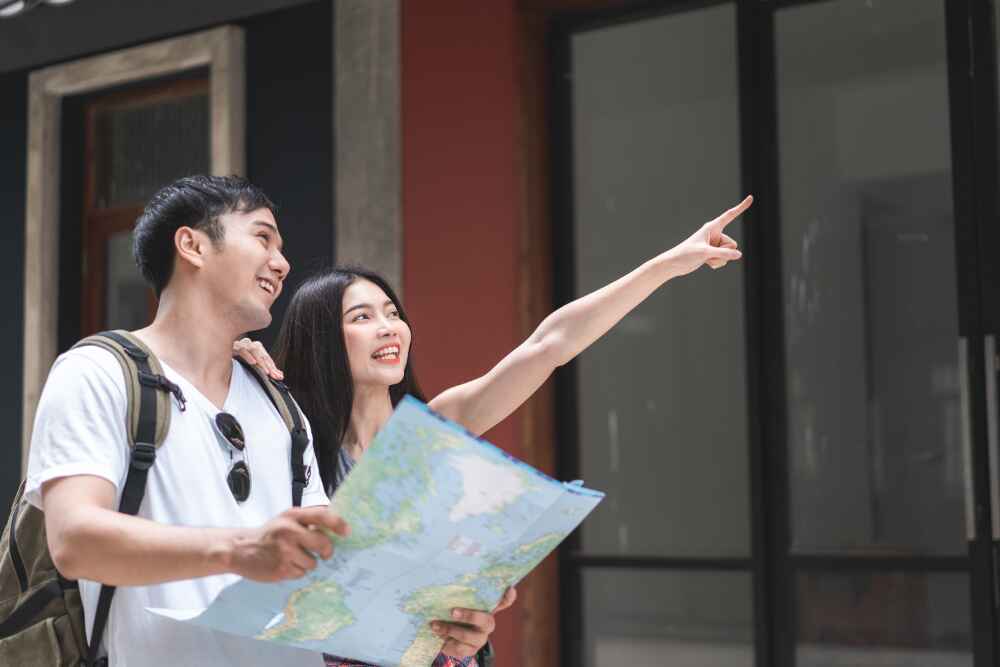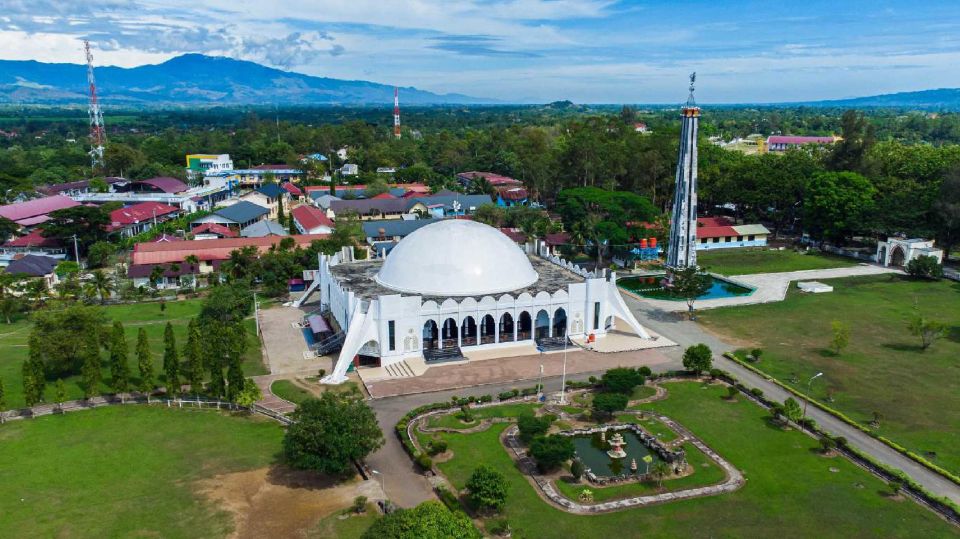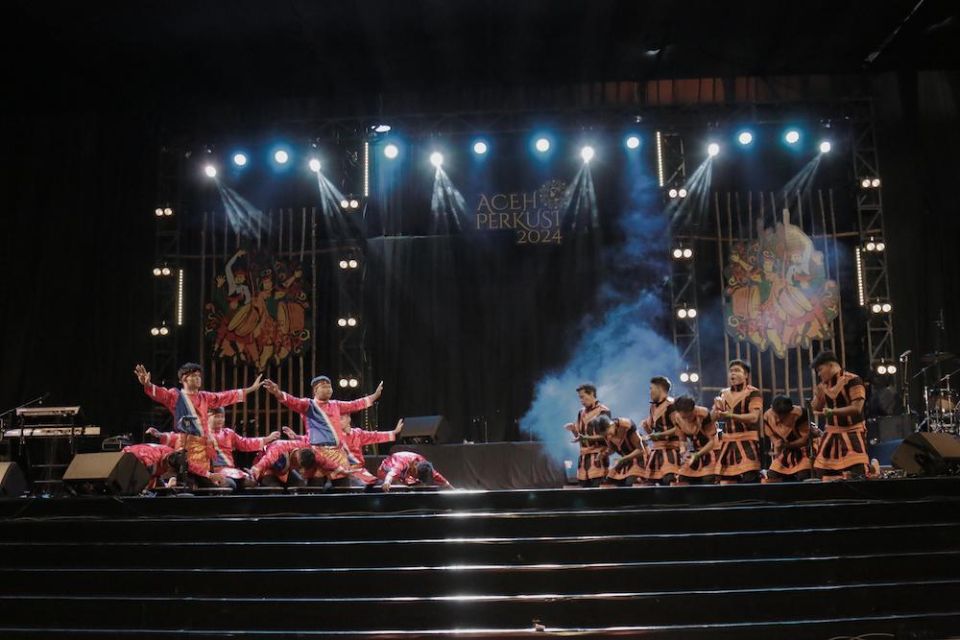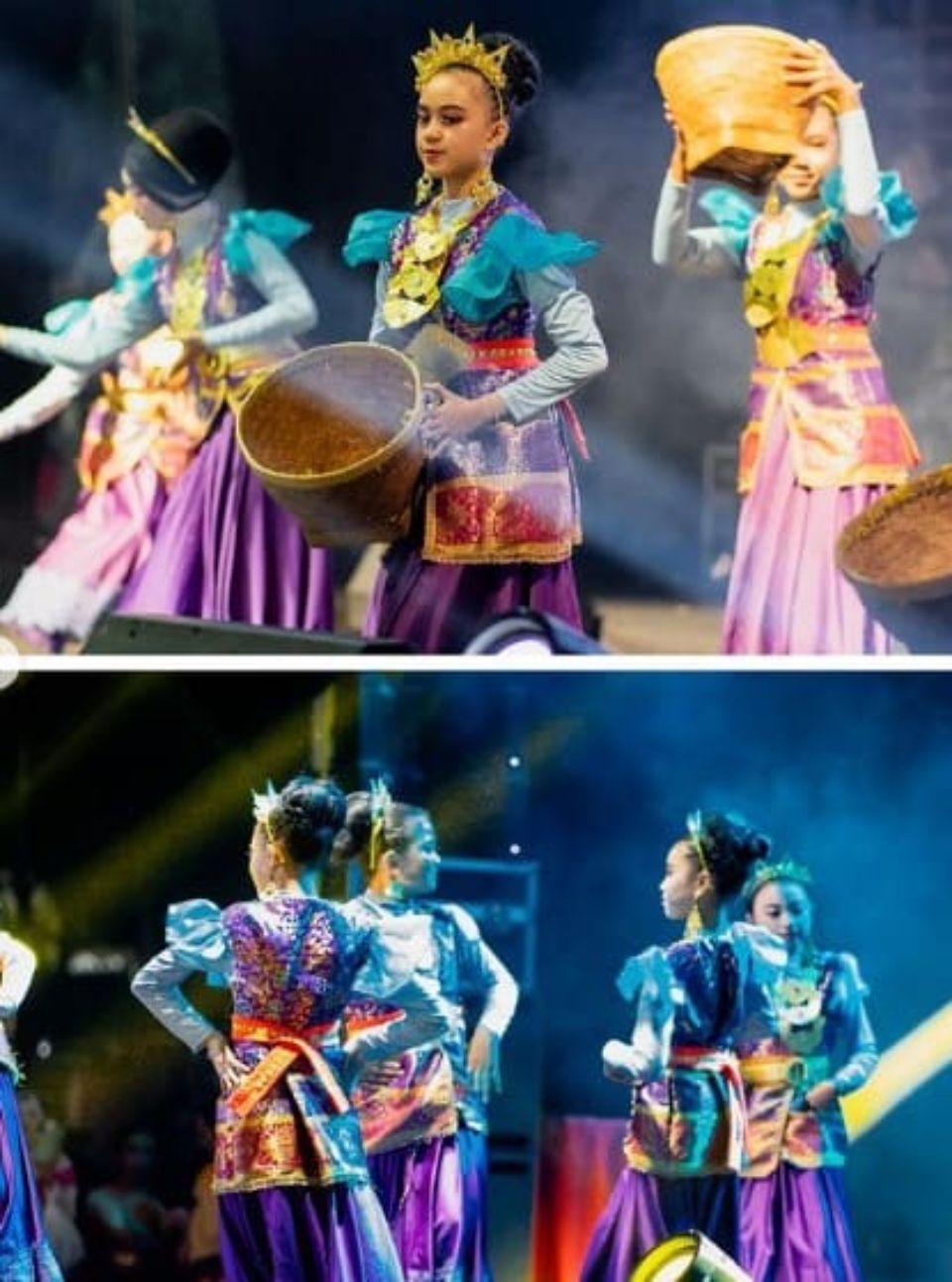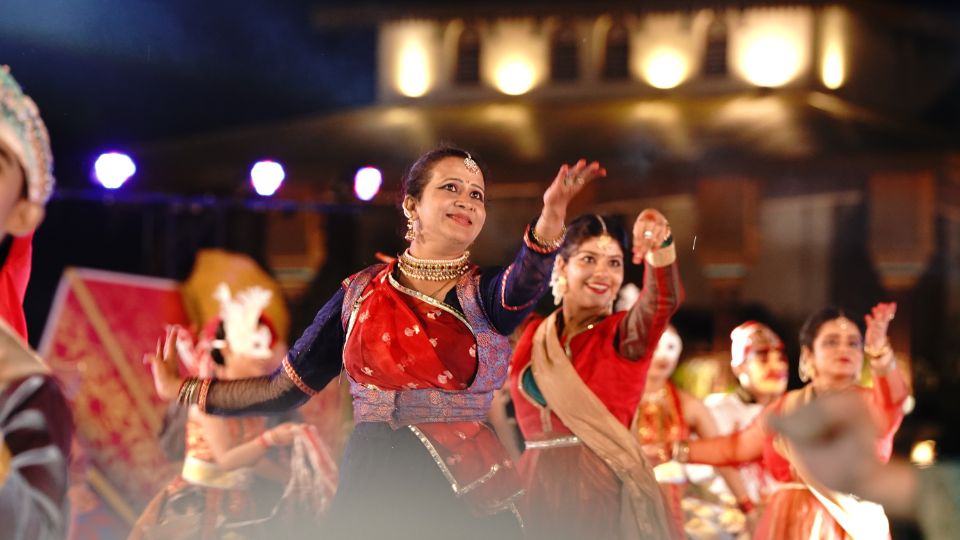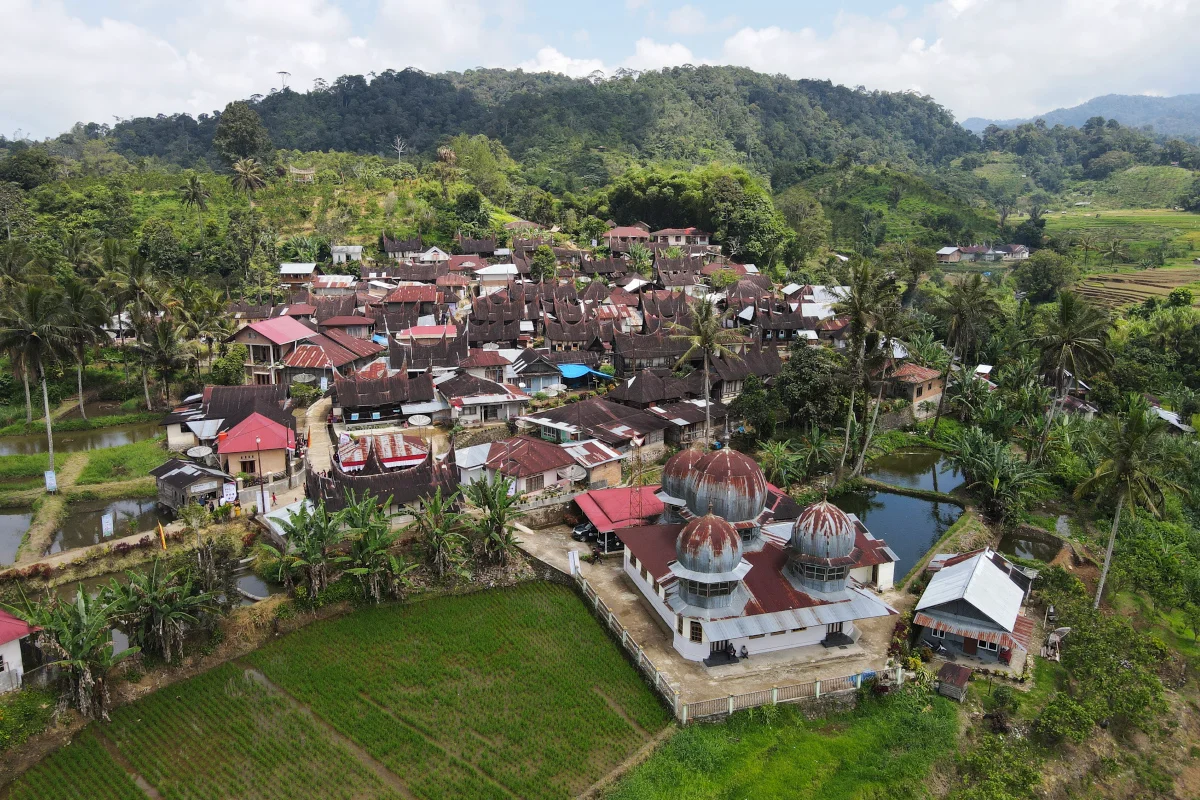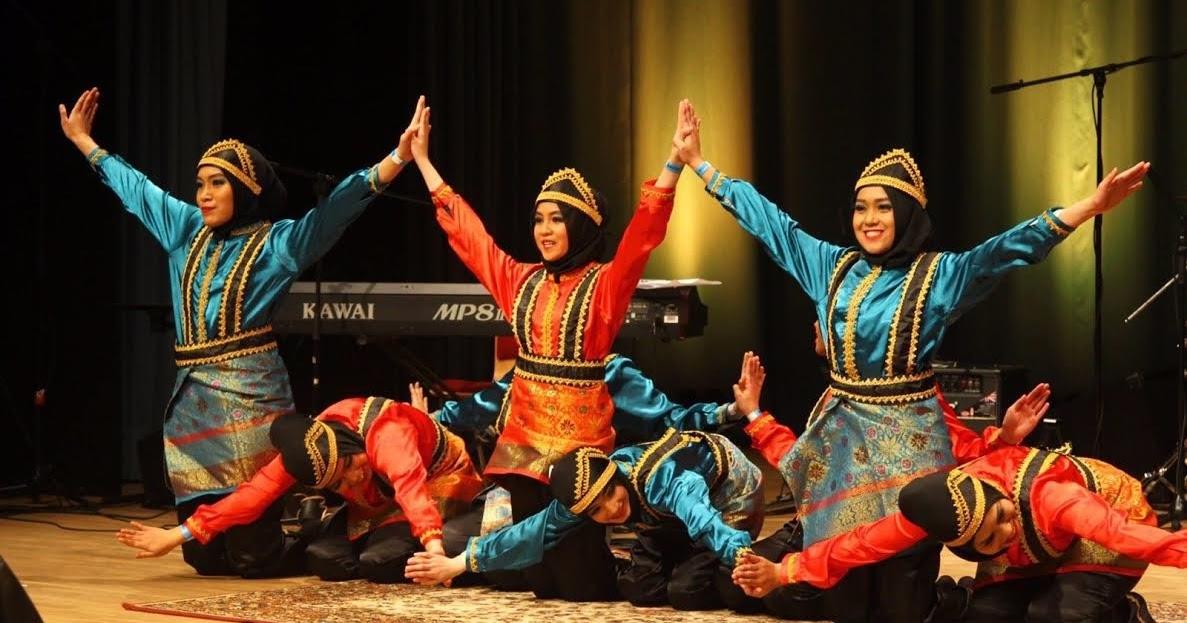
6 Indonesian Traditional Dances that are Beautiful, Meaningful, and Can Be Watched from Home!
Traditional dance never ceases to be an impressive cultural tourism attraction. Each region in Indonesia has its own signature dance. Of course, this traditional dance always has a deep meaning behind it, not just beautiful movements with the accompaniment of traditional musical instruments. For those of you who are getting bored at home, there is nothing wrong with enjoying this traditional dance through various platforms directly from your gadget.
Of the many cultures in Indonesia, as unique as our country is, some of these traditional dances can be an interesting option. Of course, this does not mean that the dances we present in this short article are better than other dances, considering that all traditional dances have their own unique qualities and different values. However, as a reference for Pesona Pals, here are some dances that are the original cultural heritage of the people in the Indonesian region.
1. Saman Dance, Traditional Dance of the Acehnese People
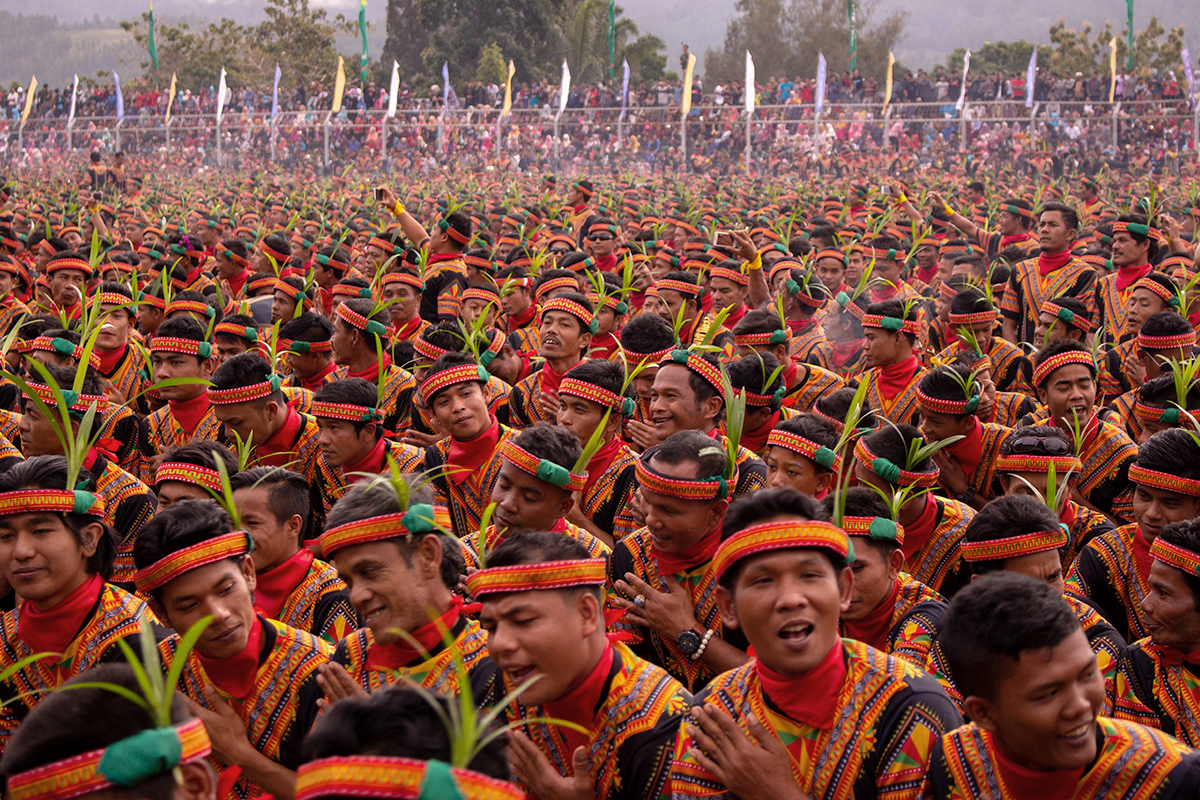
One of the most recognisable traditional dances in Indonesia, Saman Dance is originally from the Gayo highlands, and was documented in the 14th century. With the compact movements of each dancer, Saman Dance from Aceh is very unique and exciting to watch. This compactness is even more magnificent when danced by thousands of dancers.
Saman dance itself is actually a medium of preaching that utilises the art of dance. Before this dance begins, there will usually be a person who plays the role of preamble or opening, which conveys advice and deep messages to the audience and performers of this dance.
The values contained in the movements and poems sung by the dancers are about education, religion, manners with fellow human beings, heroic spirit, cohesiveness, and togetherness. In addition, Saman Dance is also full of Islamic values, so it has a very thick da'wah nuance when it is performed.
2. Tor-Tor Dance, the Pride of the People of North Sumatra
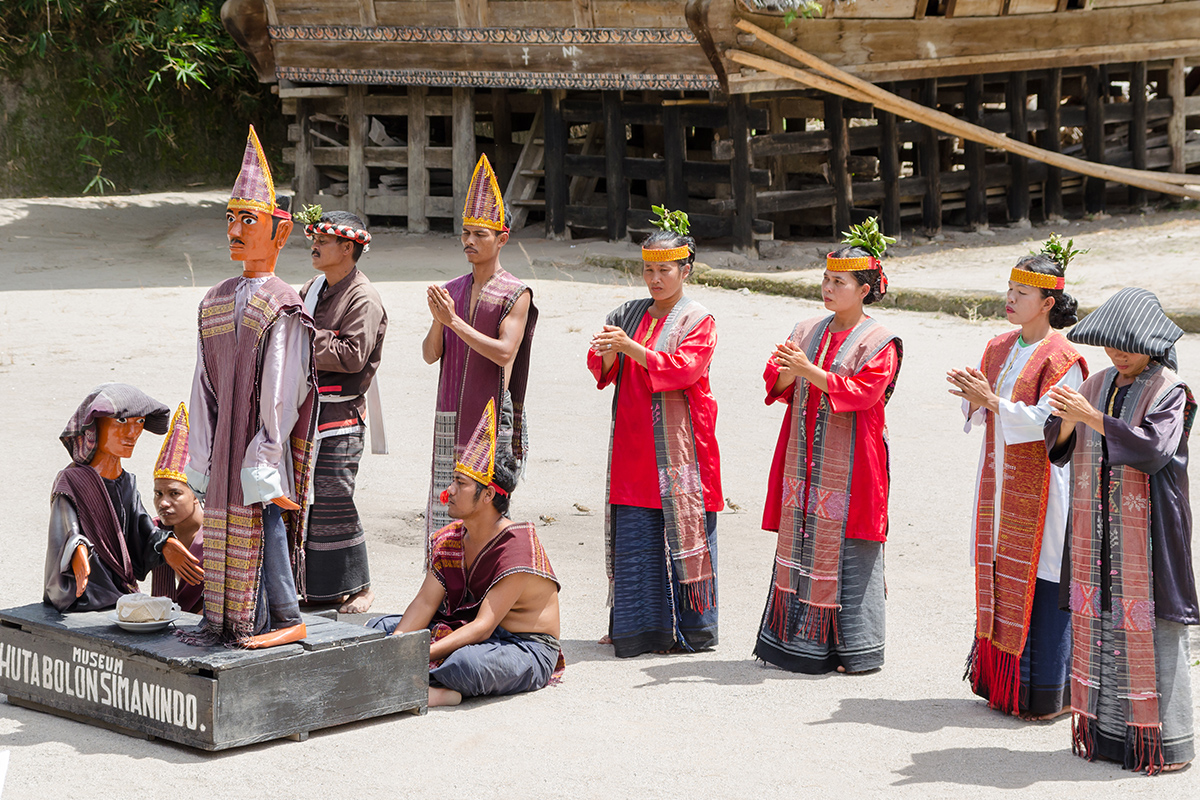
Slightly shifted to the south, there is Tor-Tor Dance which is the pride of the people of North Sumatra. The area famous for its ulos cloth also has traditional dances that have deep meaning and unique movements. Magondangi music is articulated to the stomping movements of the dancers' feet, giving rise to the “tor-tor” sound that is the name of the dance.
This traditional dance is generally danced for traditional ceremonial activities or big events. In general, the meaning of Tor-Tor Dance itself is to awaken the soul within humans. So the purpose is so deep that what wants to be touched is the human soul, not only the dancer, but also for all those present to witness and the owner of the celebration. Wow, it must feel very sacred, right, Charming Friend?
There are actually many types of Tor-Tor Dance, but one thing is certain, the dancers will dance using ulos, and accompanied by traditional musical instruments called gondang. The difference lies in the rhythm and the number of gondang used for each region in North Sumatra. So Pesona Pals can also see Tor-Tor Dance from various regions to see the uniqueness of each.
Let's try to practice Tor-Tor Dance, the movements are quite easy and anyone can immediately follow, you know.
3. Serimpi Dance, Yogyakarta's Distinctive Waltz
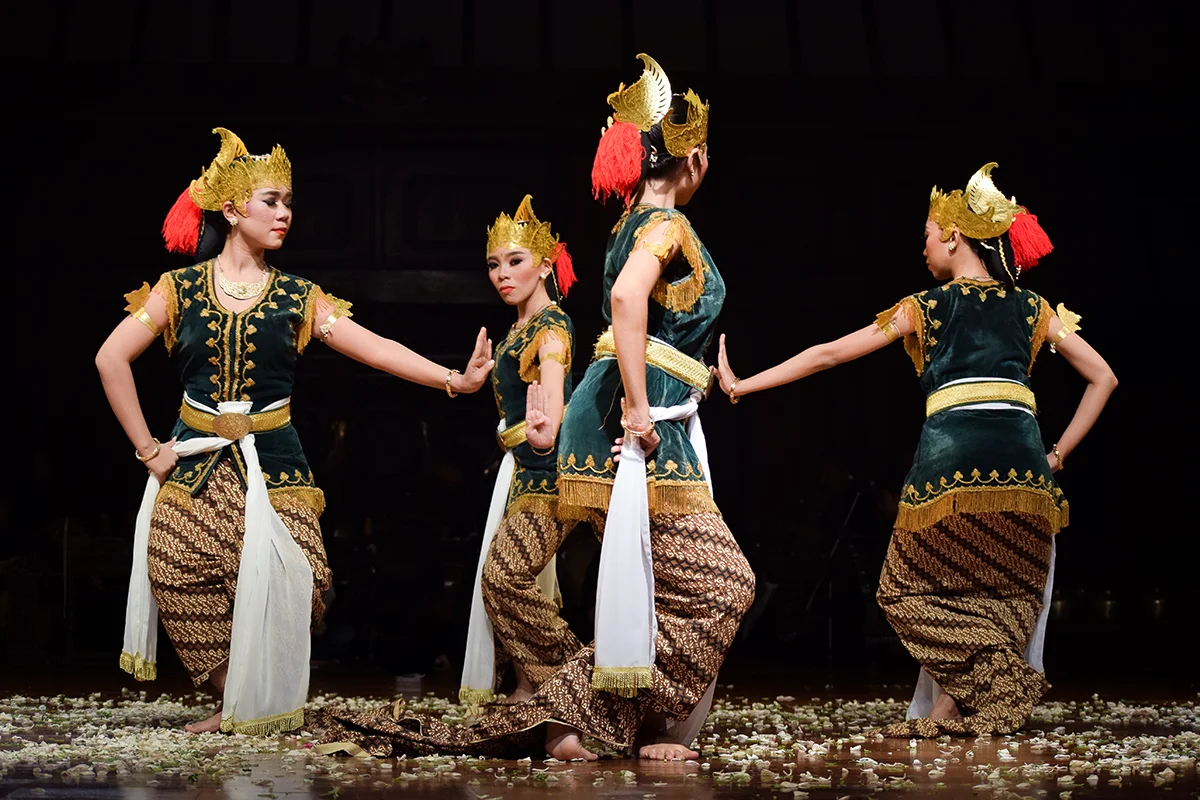
On the island of Java, precisely in the Special Region of Yogyakarta, you can enjoy the beauty of Serimpi Dance presented by traditional Yogyakarta dancers. Being a cultural heritage that is maintained from generation to generation, this dance is a form of classical Javanese dance presentation from the tradition of the Mataram Sultanate Palace. Slight modifications are made to make the dance more unique and interesting to watch.
Initially this dance was sacred and only presented for ritual purposes. But lately this traditional Yogyakarta dance has been adjusted and can be presented to welcome guests. However, the meaning conveyed remains the same, which is about gentleness, politeness, and ethics in the land of Yogyakarta that are upheld.
The name Serimpi itself is rooted in the word impi or dream, which means that when Pesona Pals enjoy this dance it will feel like being taken to the dream world. Performed by four dancers who represent the elements in the world (grama or fire, wind or air, toya or water, and earth or soil), this dance still feels very authentic and mystical when witnessed.
4. Kecak Dance, Natural Music from Your Own Mouth
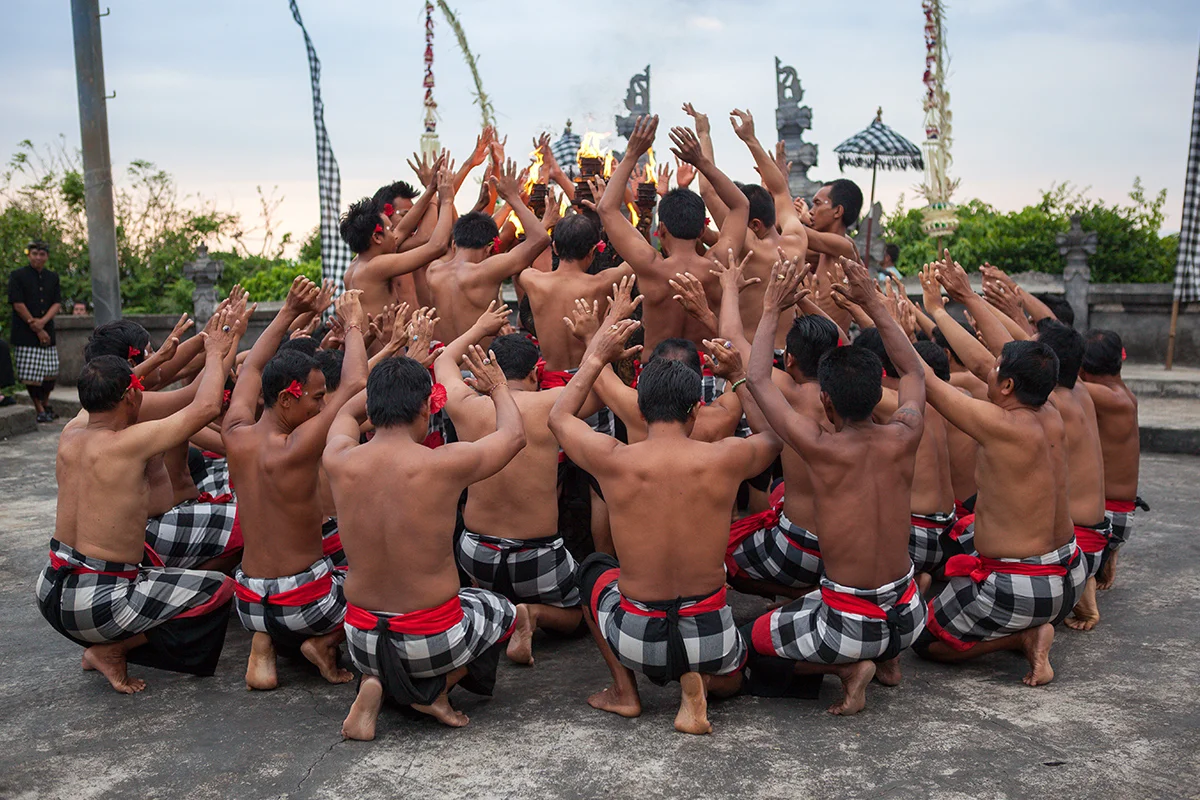
For those of you who have been to Bali, you must know the fame of Kecak Dance there. Performed by dozens to dozens of men sitting in a circle, this traditional dance is one of the most iconic dances in Bali. This dance, in general, presents exoticism and great energy from each dancer to arouse the spirit.
The meaning of the dance itself is actually the story of the line of monkeys who came to the aid of Rama, in the Ramayana. In addition, this dance is also a medium to communicate with God and the spirits of the ancestors, to hear what they want to convey to the wider community.
This dance uses the dancer's voice as the main rhythm. By calling out ‘cak’ many times in a regular rhythm, the harmonisation feels very compact and beautiful. Coupled with a simple hit instrument used to set the tempo, everything feels very beautiful when presented with enthusiasm. Pesona friends can feel the spirit in the dancers just by watching this dance!
5. Caci Dance, a War-Themed Traditional Dance from Flores
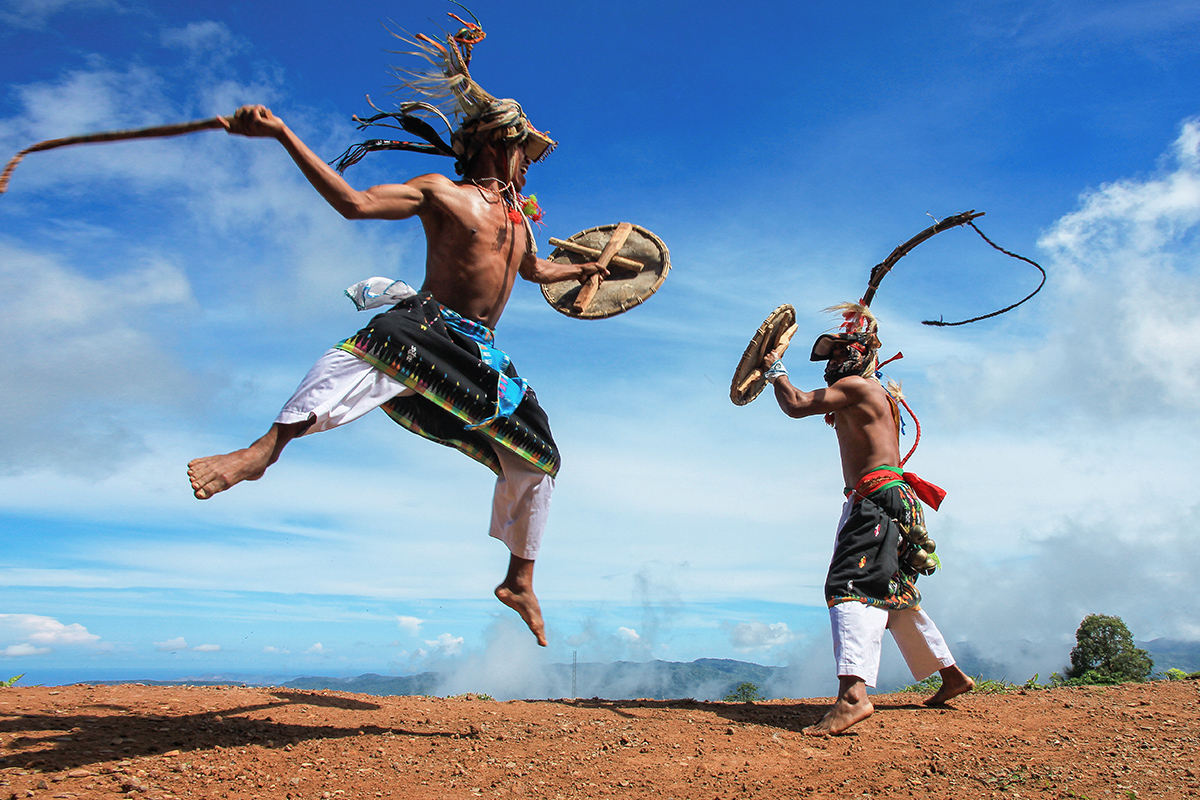
Moving towards Eastern Indonesia, is the Caci Dance which is the pride of the people of Flores, East Nusa Tenggara. The movements and attributes used feel like going to war. Caci Dance itself is indeed a dance with war gestures presented by the people of Flores, to express their gratitude after the harvest period. Of course, there are no serious fights in this dance, only dance movements.
In general, Caci Dance is performed to show gratitude for the things that the community gets. For example, when the harvest period arrives, or gratitude for the health obtained, or the inauguration of the village. For these three purposes, the dance performed will be slightly different, depending on the need.
Some of the attributes used include larik, nggiling, koret, and panggal. Dancers will wear war clothes and thigh and calf protection in the form of white trousers from the songke sarong. Furthermore, the dancer will also wear a black songke cloth to be wrapped around the waist. The movements are tactical and full of energy guaranteed to be an exciting dish for all Pesona Friends.
6. Poco-Poco Dance, a Popular Traditional Dance Typical of Maluku
Maluku is home to the traditional Poco-Poco dance. With a rhythm that is very easy to follow, movements that tend to be easy to imitate, and a spirit that invites everyone to sway, making Poco-Poco one of the regional dances that has been known nationally. Of course, Pesona Friend has also heard the song which is very distinctive, right?
This traditional dance is very suitable for Pesona Pals to use to help activities at home. While waiting for the pandemic to end by implementing strict health protocols, you can dance Poco-Poco as an alternative to exercise. So while learning and preserving Indonesia's original culture, your Charmed Friend will also become healthier by moving regularly.
That was 6 types of traditional dances throughout Indonesia along with a little explanation. Of course, you can enjoy these dances through documentation on various platforms, before going to each region to enjoy it directly. For more #DiIndonesiaAja cultural inspiration, follow @pesona.indonesia on Instagram!
DATE
05 November 2024 - 11 November 2024
MORE EVENTS


